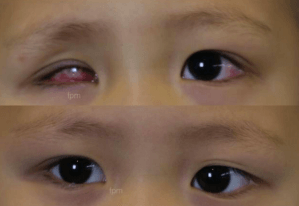Retinoblastoma Services
Awareness Campaign
Retinoblastoma services provides professional expertise in diagnosis and treatment of retinoblastoma- a curable childhood eye cancer if treated early and appropriately. Newer management modalities available in our center help in preserving eye and vision. Treatment of retinoblastoma is an art.
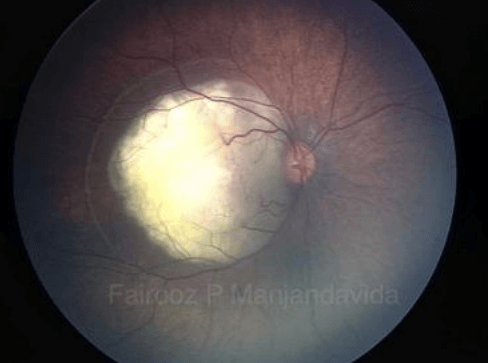
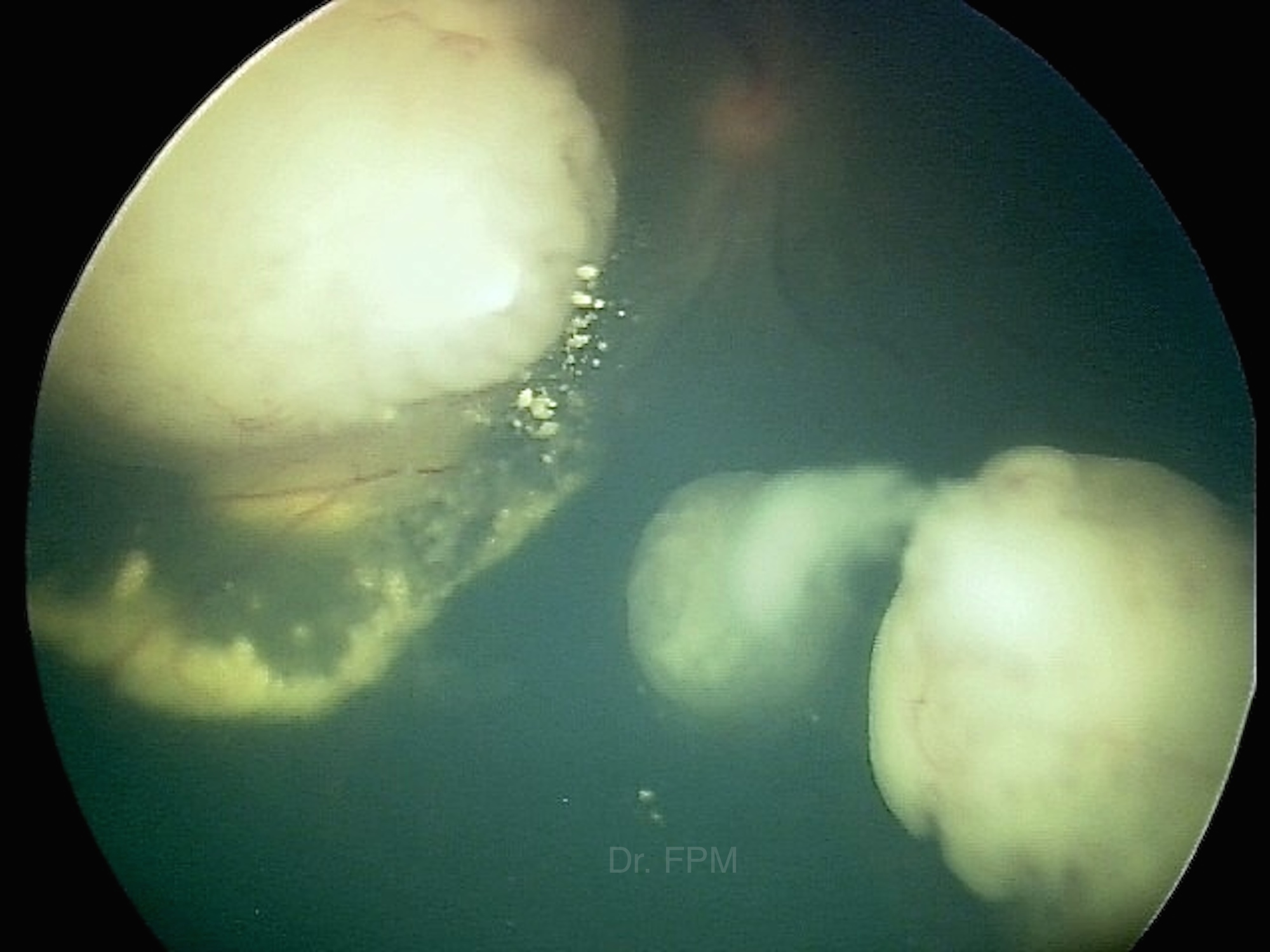
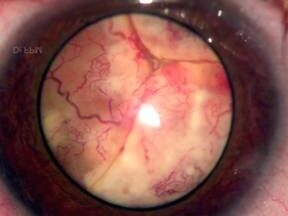
Most common symptom is ‘White Reflex'
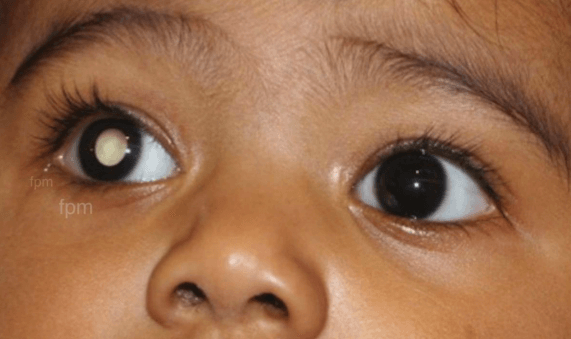
Other common symptoms are squinting of eyes and enlarged eyeball due to increase in eye pressure.

Currently it is classified into different groups depending upon the extent of involvement.
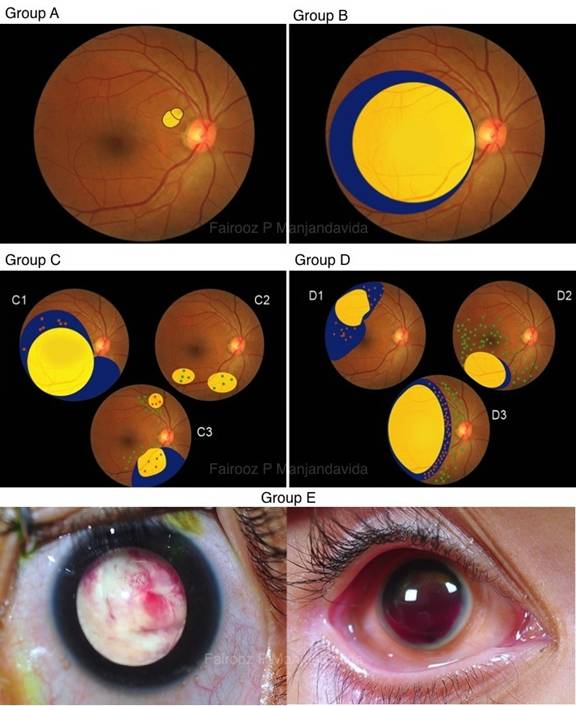
Grouping Clinical Classification
- ≤ 3mm in basal diameter or thickness atleast 3mm from the foveola and 1.5mm from the optic disc
-
≥ 3mm in basal diameter or thickness macular location (≤ 3mm to foveola) juxtapapillary location (≤ 1.5mm to disc) additionalsubretinal fluid - focalsubretinal and vitreous seeds ≤ 3mm from the tumor
- diffusesubretinal and vitreous seeds ≥3mm from the tumor
- extensive intraocular tumor occupying > 2/3 of the globe secondaryneovascular glaucoma massive intraocular hemorrhage, hyphema, hypopyon aseptic orbital cellulitis, tumor touching the lens, anterior to the anterior vitreous face, diffuse infiltrating retinoblastoma phthisis or pre-phthisical eye
Management of retinoblastoma depends on the stage of the disease as stated in the classification.
Systemic intravenous-chemotherapy
The introduction of intravenous chemotherapy- ‘chemoreduction’ was path breaking in the management of the dreadful childhood cancer, essentially increasing the survival rate and preserving, function and vision. Chemoreduction reduces the size of the tumor and makes it amenable for local treatment. Intravenous chemotherapy alone is not curative, but always combined with intensive local therapy. Chemoreduction is safe if administered under the supervision and care of pediatric oncologist.
Eyes treated with systemic chemotherapy and transpupillary thermotherapy (TTT).


We strive to save eyes with our
treatment approach in advanced
intraocular disease.
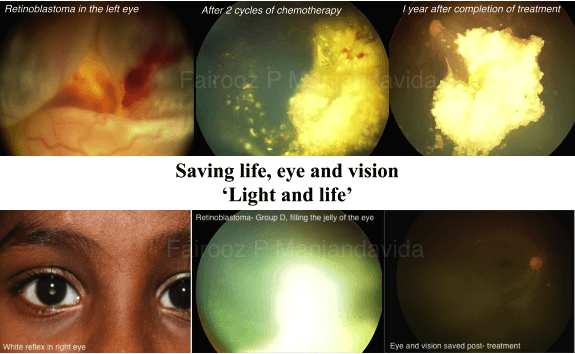
Intra-arterial chemotherapy
It is the most advanced interventional procedure and a novel technique designed to combat RB locally and directly. In this technique chemotherapeutic agents are delivered directly to the tumor via ophthalmic artery. The results are promising in saving eyes with least systemic side effects. Another targeted treatment is the intravitreal delivery of chemotherapeutic agents to treat eyes with vitreous involvement in retinoblastoma, those that were otherwise enucleated earlier. The combined use of intravitreal chemotherapy and intra- arterial chemotherapy cautiously and judiciously by experts helps in saving eye and vision.
Newer treatment modalities used safely and effectively has improved the outcome in advanced intraocular disease and helps save eyes.

Eyes and vision can be preserved
after a combination of intra-arterial
chemotherapy and adjuvant
intravitreal chemotherapy.

Removal of an eye is important when life is at risk in retinoblastoma. After removal, children are given natural looking artificial eyes with excellent cosmetic outcome.
